(EDITOR’S NOTE: Special thanks to Don Chin for providing unseen artwork and sharing story concepts and never-before-heard “hamster news” with Paint Monk’s Library. If you enjoyed this interview, Don told me he always welcomes care packages of sunflower seeds and carrot-shaped chew sticks, with an occasional piece of lettuce thrown in for good measure.)
By WALLY MONK – Paint Monk’s Library Editor
WALLY MONK
So how long did it take the writer in you to realize that hamsters could be just as tough as turtles?
DON CHIN
“I had a few hamsters as pets growing up, and while most people think they’re all furry and cuddly, they can also be quite vicious and bite you if they’re not in a good mood. You actually need to separate them, as they are solitary animals. Otherwise, they will fight and be quite nasty to one another. So, if a pet hamster had to go against a pet turtle, I’d put my money on the ticked off hamster!” (laughs)
WALLY MONK
Had you been writing comics beforehand, or was ARBBH your first title?
DON CHIN
“Prior to ARBBH being published, I had done some self-publishing in the early 1980s in high school and after I graduated in a local Eureka, CA-based anthology called Overload, the Fantasy-Humor Magazine. My parents kindly gave us the start-up funds to launch it. We did five issues total, and Parsonavich, whom I met in a high school cartooning class, was also into that. It was kind of a mash-up of Heavy Metal magazine and Mad magazine. I also did some underground/new wave mini comix with Bay Area publisher Clay Geerdes, which I also illustrated in the 1980s. My first professional work was in a few issues of Cracked Magazine, starting with about issue #200 in 1983.”
WALLY MONK
Please tell me a little bit about the creative process and what made you think hamsters would be a hit. They aren’t slimy like turtles, after all. Did you dream of ninja-hamsters when you were a young kid reading comic books?
DON CHIN
“The creative process for me and comics came pretty easily. I think I was blessed with an overly active creative mind and remember drawing comics as a youth on binder paper as well as making amateur sci-fi and comedy movies with my friends using a Super 8mm camera. I grew up watching a lot of now vintage Saturday Night Live TV shows, Mel Brooks comedies like Young Frankenstein and Silent Movie, and silly movies like “Airplane!” which you can see the the influence of that movie in the first issue of ARBBH when the hamsters wind up on a commercial jetline and all sorts of hijinks occur.
I owned a comic book store when I was in college and had seen that this small press book by Eastman and Laird called Teenage Mutant Ninja Turtles was taking off like wildfire. I had a chance to check it out and really liked it, as it was basically a funny animal spoof of Marvel Comics’ Daredevil and Ronin by Frank Miller. I was doodling in a college class and thought to myself, “I wonder what it would be like to do a parody of a parody?” As far as I know, it wasn’t done before. So I just took each adjective of TMNT and tweaked it, and because of my love-hate relationship with hamsters, it seemed like the best animal to use.”
“Yes, good guess on the names. I was a big martial arts movie fan growing up in the 70s and Bruce Lee was a cinematic hero. The first three hamsters, Bruce (inspired by Bruce Lee), Chuck (Chuck Norris) and Jackie (Jackie Chan) were of course named after those kung-fu mega stars and their hamster personalities were shaped in the same ways to their human counterparts.
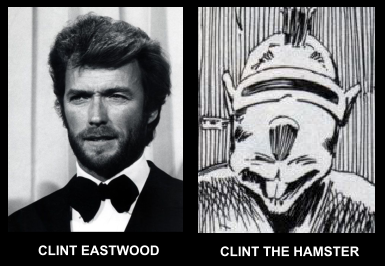 |
| “Go ahead. Make me into a hamster parody.” |
Bruce is super smart and intellectual, Chuck is kind of a quiet, cool spiritually-centered guy and the voice of reason most of the time, and Jackie was downright silly and youthful like Jackie Chan was in most of his movies.
Because there were four turtles, I couldn’t have just three hamsters, and I was struggling to think of another martial arts star. Then I remembered Clint Eastwood’s “Dirty Harry” cop movies, and thought throwing out a wildcard of sorts would be fun. Clint doesn’t do that much kung-fu…he’s kind of lazy, likes to party, and would rather shoot someone than fight.
I think most people like Clint the best because he’s so unorthodox and obnoxious, but at the same time you’d want him on your side. And just to make it more bizarre, I thought he should look like a punk rocker that resembled a Sex Pistols reject.”
Parsonavich was an odd choice for an artist on the comic, but his artwork was endearing in its simplicity when it came to the hammies. What appealed to you about Patrick Parsons’ artistic style that made him a good fit for ARBBH?
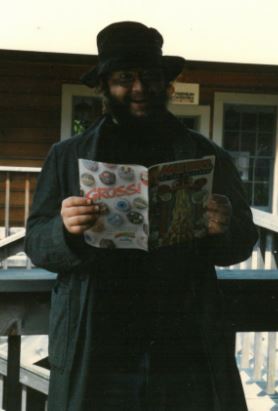 |
| Parsonavich, AKA Patrick David Parsons in his younger hamster days. |
We had both grown up admiring non-mainstream comic creators like Moebius, underground legend Robert Crumb, John Pound (who lived in our hometown of Eureka) and Gilbert Shelton, who did the Fabulous Furry Freak Brothers and Fat Freddy’s Cat. I think it’s kind of funny that they don’t really look like traditional furry cute hamsters, but kind of sickly and abnormal. Cosmic Radioactive Jello will do that to you!
Par and I are polar opposites in our social circles and upbringing…he’s kind of this Boehemian agnostic hippy dude and I’m more of a conservative, church-going type of guy but we both had a great love for comics in common. I have always been in awe of his talent, his intricate line-work in the Hamsters was pretty cool and organic, and he was asked to cram a lot of story into our first issue and subsequent books, #2, #4 and #5.
Anyways, in my opinion he was the best person for the job because I knew he drew humor cartoons well and could best emulate the undergound feel that TMNT had brought into their books.”
When Parsonavich left ARBBH, what did you look for in a replacement?
“I was sad to see Parsonavich leave the book, but our publisher – Eclipse Comics – really wanted it to be a regular, ongoing title and it was too much work for Par to do all of the pencils, inks, lettering and covers.
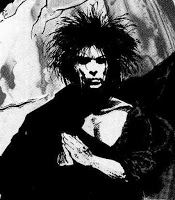 |
| Mike Dringenberg and Sam Kieth would go on to DC Comics, working with Neil Gaiman on Sandman. |
Neither of us had been asked to work on a regular title before, so it was quite an undertaking. After he left, a couple guys I had met through self-publishing and from going to comic cons came to mind as possible replacements. Mike Dringenberg had inked a fill-in issue (#3) and did the cover for ARBBH #5 and also worked on inking Clint: The Hamster Triumphant mini-series drawn by Ken Meyer, Jr.
He is a tremendous artist and was just breaking into the business. Mike and I eventually did a fantasy series for Eclipse called “Enchanter” in 1987 while ARBBH was still being published.
I had also been a fan of Matt Wagner’s Mage series that Comico did and had met Mage inker Sam Kieth, whose own work was kind of toony and fun. Sam got the job starting as the illustrator of issue #6-on until the first series ended.
Cool story – shortly after ARBBH and Enchanter ended with Eclipse, Sam and Mike both got to create the cult sensation Sandman with Neil Gaiman for DC’s Vertigo comics.”
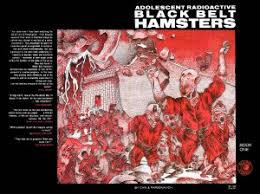 |
| The first printing of ARBBH #1 sold over 50K copies. |
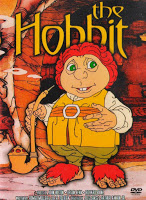 |
| Rankin-Bass, producers of the animated Hobbit movie, took out options on ARBBH. |
We were optioned by Rankin-Bass Animation (the people who did “The Hobbit”) early on, but they went out of business. I also got to speak with other people in the animation business like Lou Scheimer, who produced Fat Albert and He-Man. He had a pretty cool house!
“I had met Eclipse Comics publishers Dean Mullaney and Cat Yronwode at some Bay area conventions in California trying to get OVERLOAD off the ground.
I was surprised when I found out their publishing base was not that far away from where I lived, about 3-4 hours north off Highway 101.
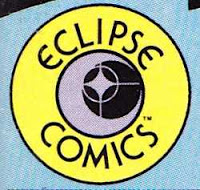 |
| Eclipse only distributed the first two issues of ARBBH; they picked up the title after the second issue. |
I think I had sent them photocopies of the first issue we had been working on and I am so grateful they were willing to give Parsonavich and I a shot.
They seemed like a very good fit, as they were really creator-friendly, were laid back, and were publishing a lot of great edgy independent titles when I pitched the Hamsters to them.
All of us were really blown away with the amount of popularity ARBBH took on in such a short time.
I think Eclipse felt ARBBH could be a viable title in its own right, and they really promoted the book to fans and comic store all over the world, so I am very grateful to this day to Dean and Cat, and Dean’s brother Jan, who was also one of the owners of the company.”
MONDAY – Hamster weekend concludes with Part 2 of Don Chin’s interview! Dynamite Entertainment licenses the ARBBH…The team-ups that never happened…a FEMALE radioactive hamster, and more! Thank you, Don, for taking the time to share your story with our readers.
As always, I am – Wally (AKA Paint Monk)

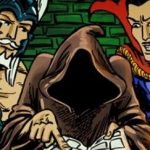
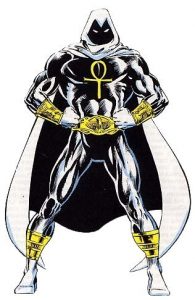

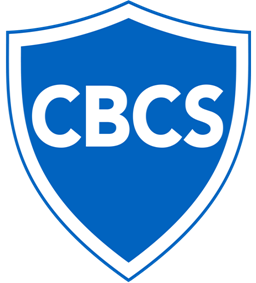
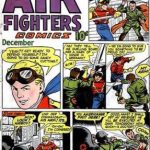
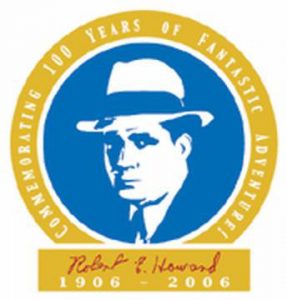
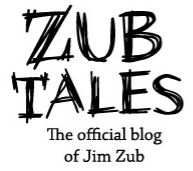
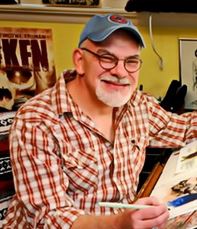
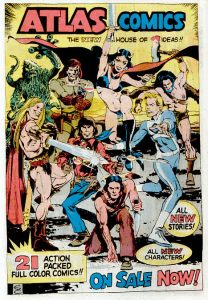
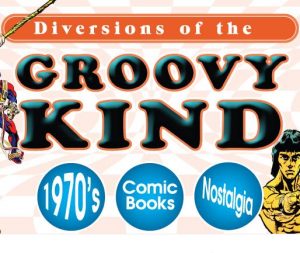
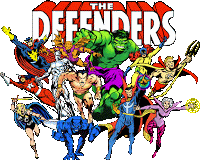
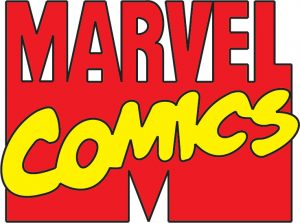
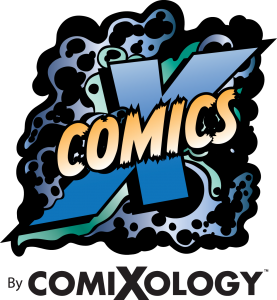
 September 22nd, 2018
September 22nd, 2018 

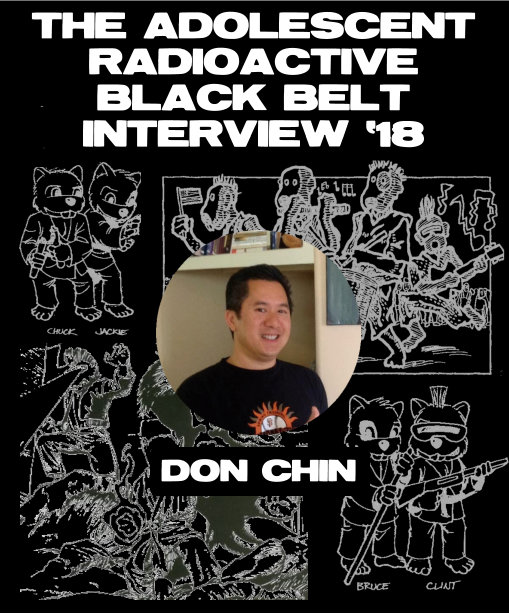
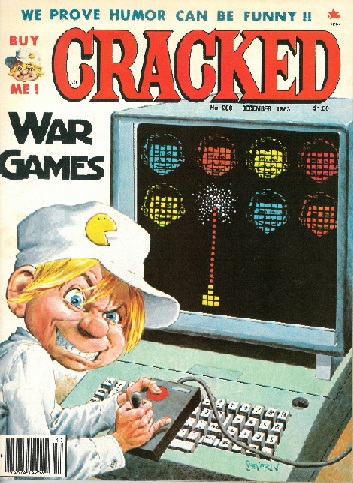
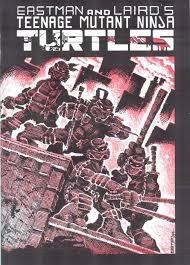






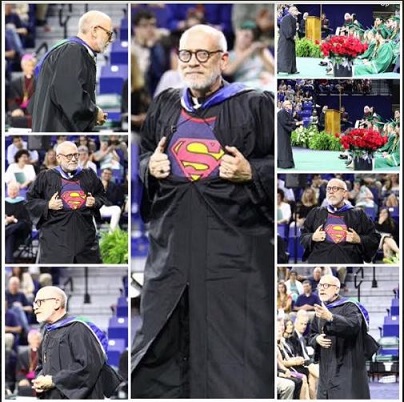
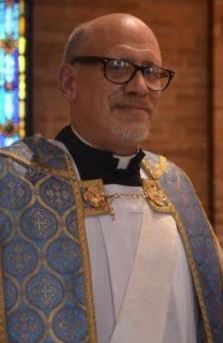
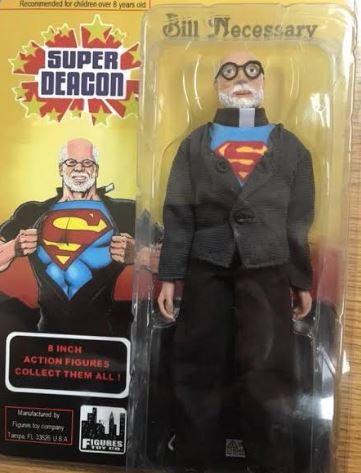
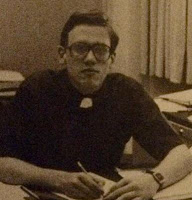
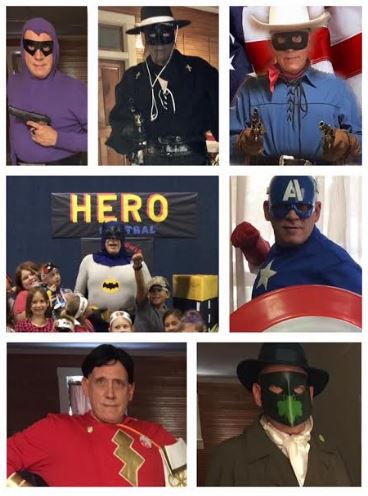
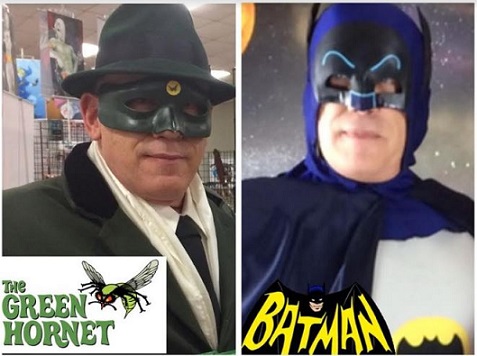
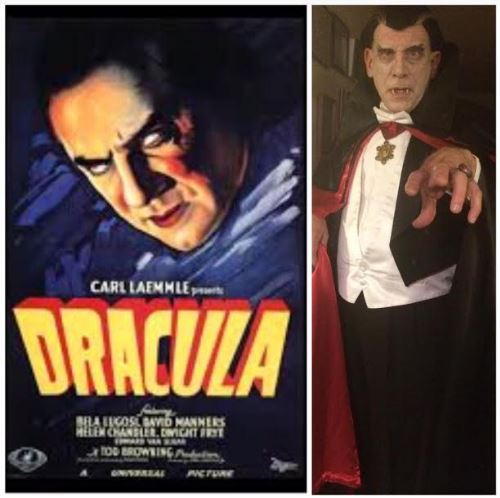
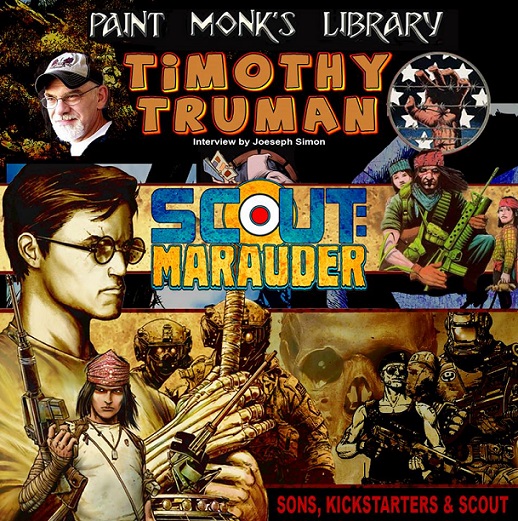
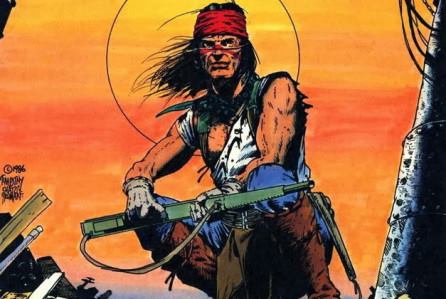
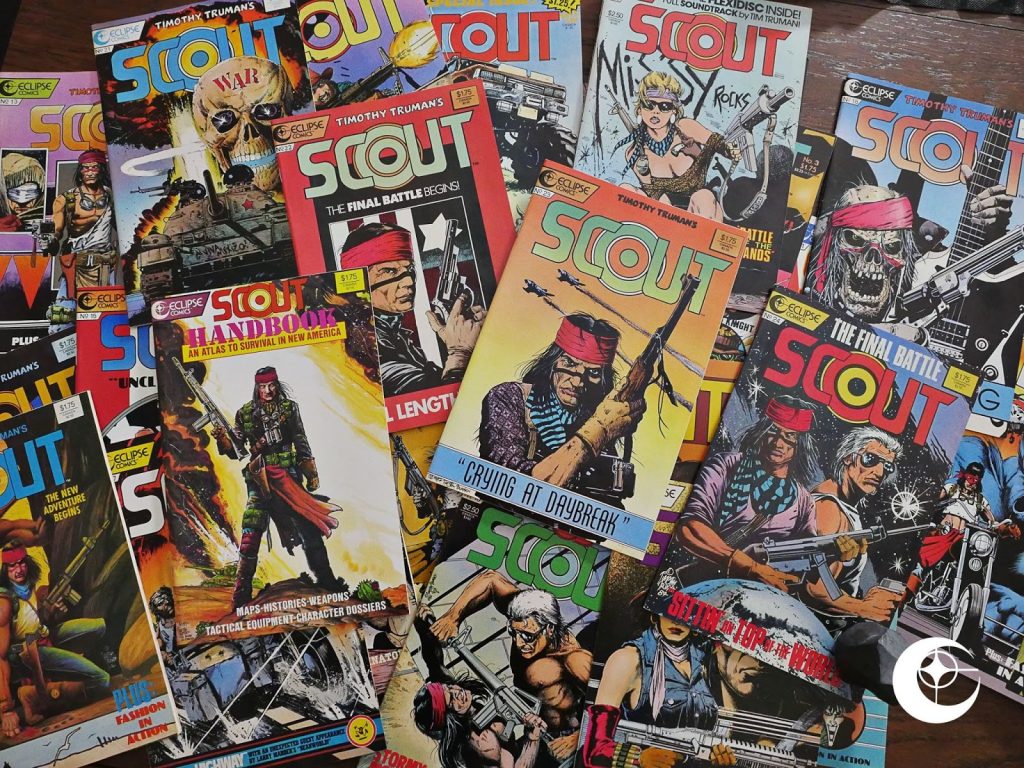
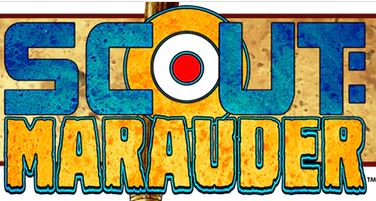




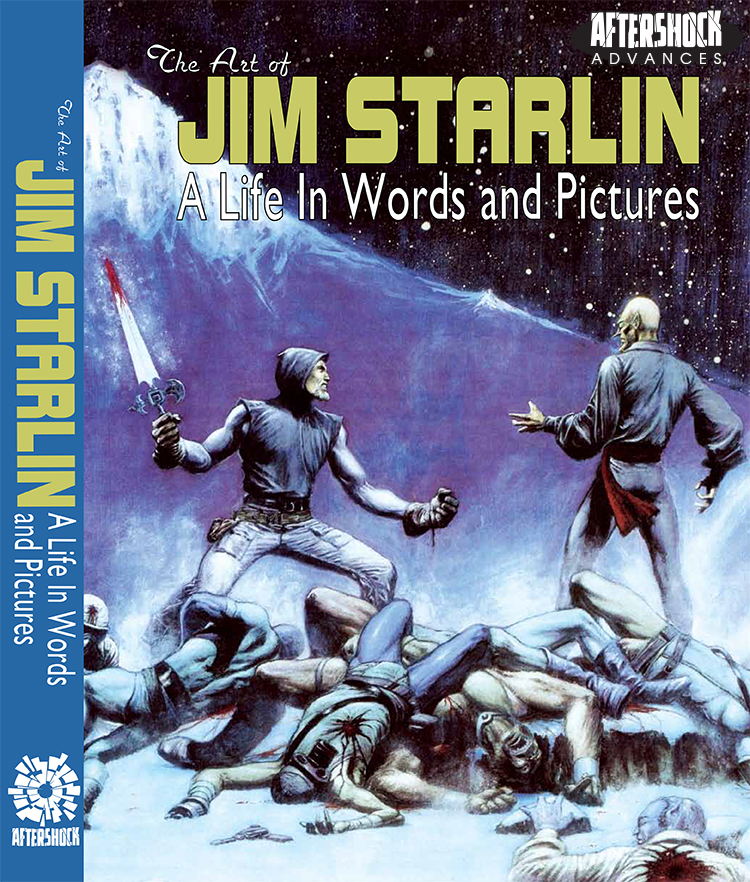
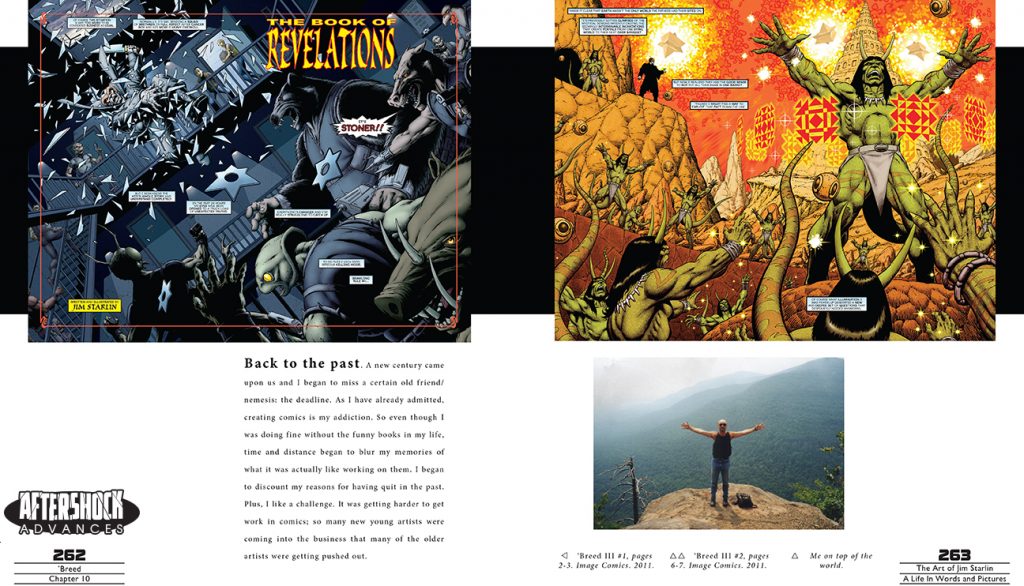
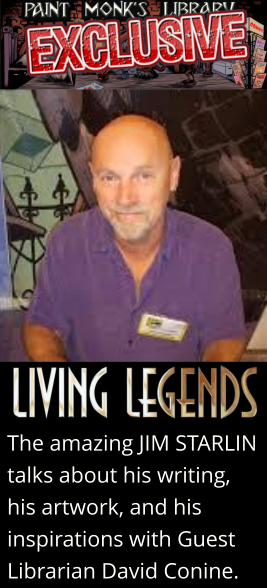
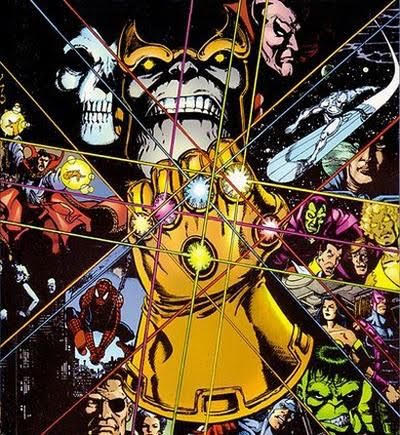
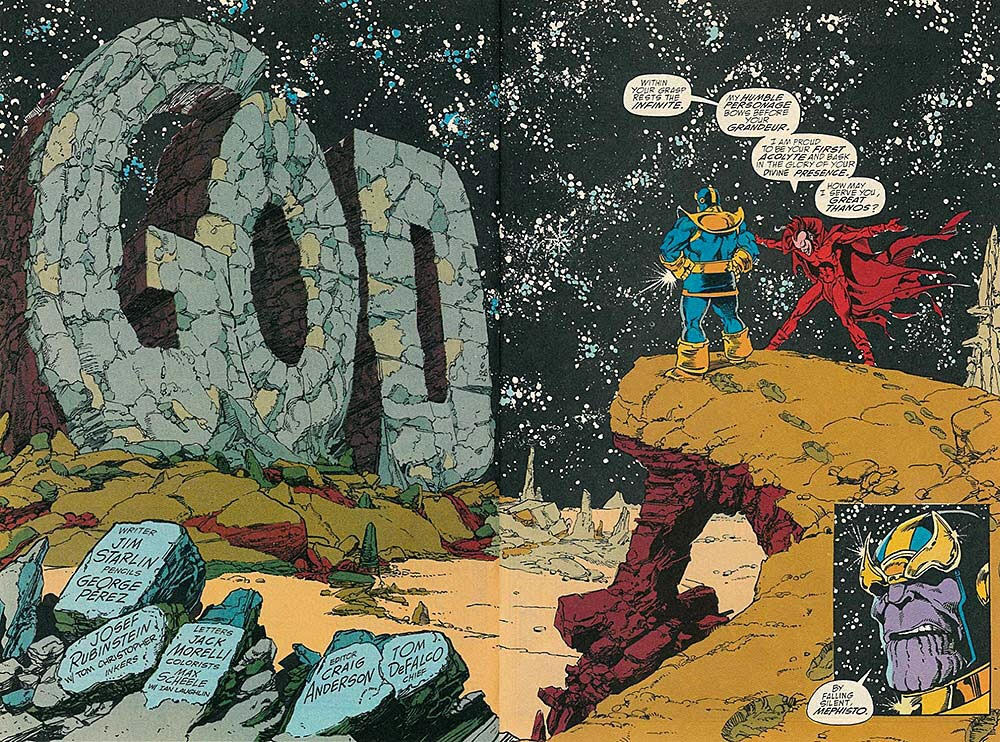
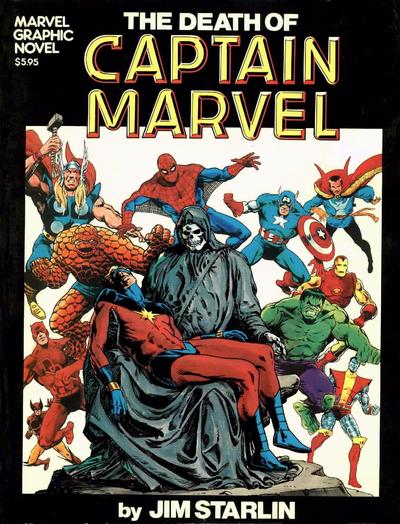
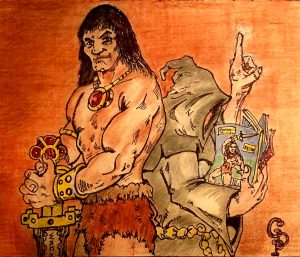


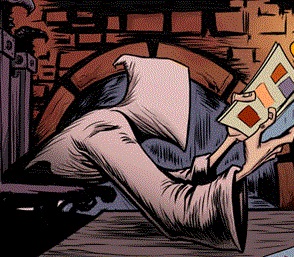
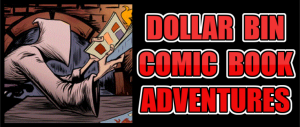
INTERVIEW: Weeds and Lore Lead to Small-Press Success
By WALLY MONK – Paint Monk’s Library Editor
I’ve just started getting into the realm of indie comics, and my indie journey began on Kickstarter. There, I was told, you can find inspired people who want to break into comics. Many of them are “bucking the system” (or building a creative resume) and trying to strike out on their own.
inspired me to take a closer look at Lee’s comic projects
This search led me to a graphic novel called Hunter’s Lore and writer and artist, Lee Milewski. As you can tell from our Countdown to Conan event, I’m a huge fan of heroic fantasy and Hunter’s Lore seemed to fit the bill. Milewski’s artwork isn’t done in the realistic style; rather, it’s an odd combination of abstract art and compelling panel layouts that don’t always make sense yet look good anyway.
His books – at this point at least – are not the kind of comic that you’d see from Marvel or DC, but his creativity – coupled with his unusual art style- could easily carve its own niche. The fact that Milewski has already funded 8 successful Kickstarters for numerous projects (and completed artwork for others) indicates that he is starting to build his own audience.
Having spent the last week looking over much of his work (graciously provided on a shared drive), I’ve concluded that sometimes his work reminds me of an immature and perhaps anime-inspired Bill Sienkiewicz, where the artwork is drawn as puzzle pieces that don’t always fit, yet they still work when assembled on a comic book page.
Other times, it seems he’s channeling Mike Allred and I expect to see Madman leap out of one of the panels. His art is glaringly inconsistent, but ironically, that’s part of the charm of these books.
Lee agreed to share his story with Paint Monk’s Library in an exclusive creator interview.
LEE MILEWSKI: “Ha, well my very FIRST comic project was a little creator owned book called With The Earth Above Us – a very sci-fi oriented book that I attempted to crowd-fund, but failed, and never really tried again with it after the fact.
I learned a ton with those pages, a ton of the basics of sequential art anyway, and went on to create my horror series Tangled Weeds after the fact.
WALLY MONK: Who are the artistic inspirations for your drawing? I am not at all a fan of abstract art, or art
where proportions are exaggerated (think Rob Liefeld) but your work appeals to me. In some of
your pages I think of anime. On others it looks like you’re attempting a more realistic style.
Sometimes panel transitions are jarring – perhaps intentionally? What is the “look” you are
searching for, or are you trying to create your own mish-mash of different styles to tell a story?
page from The Winter Year.
It really is just patience and learning over time, but also the understanding of where your weakness lies and how to better it.
WALLY MONK: Do you draw by hand and then color digitally? What is your process for completing comic art?
And do you do lettering by hand? I’m guessing your lettering is computer generated. Am I
correct?
GIMP to produce his digital comics.
I’ve found that this is super surprising to many people, but I use a totally free program to create my pages called GIMP – so, no Photoshop (nearly ever), Illustrator, etc.”
WALLY MONK: When you’re writing your own comics, I’m curious if the artwork comes first or the story comes
first. Do you get an idea and jot down some sketches, or do the stories tend to come from the
sketches? What were your inspirations for some of the series you’ve completed, and which ones
are your favorite? Will we see more Hunter’s Lore?
WALLY MONK: Out of nine Kickstarters that you’ve created, only one failed to fund. What was that story about,
and why do you think it’s the only book of yours that didn’t make it to the presses? What did
you learn from that project that helped you be successful with so many follow-up projects?
Which of your successful Kickstarters did you find the most fulfilling from a creator’s
viewpoint? Was it the most “commercially” successful book that is your most fulfilling or a
different one?
WALLY MONK: You mention in your Kickstarter and Patreon profile that you are married. What’s it like
balancing full-time work (assuming you have a day job), advancing your comic book career,
and having a young family? And is your family supportive?
LEE MILEWSKI: “I actually work full time on comics, and believe it or not, my wife Kat works at home with me!
We’ve been doing this for the last few years and love it – I’ve certainly done many, many years with a full time day job and doing art on the side, but nowadays I find that I earn more if my attention is entirely focused on comics and illustration.
WALLY MONK: You’re currently running a Kickstarter project as this interview is being published. Tell us a little
bit about The Winter Year issue #1.
WALLY MONK: Have you ever
thought about writing/drawing for Marvel or DC or another one of the larger publishers? How
important is that to you, or could you happily be a “self-publisher” because of the freedom it
gives you?
WALLY MONK: Excellent! Thanks so much Lee, for talking with me for the readers at Paint Monk’s Library, and good luck with your newest Kickstarter. I’ll definitely be following along.